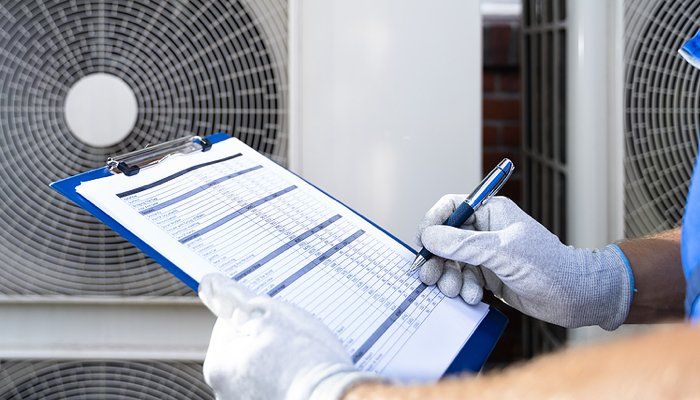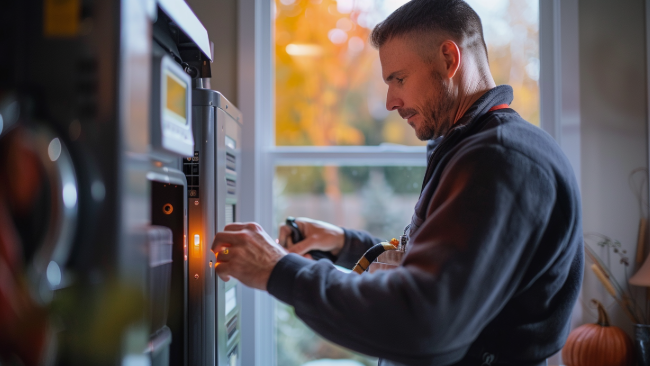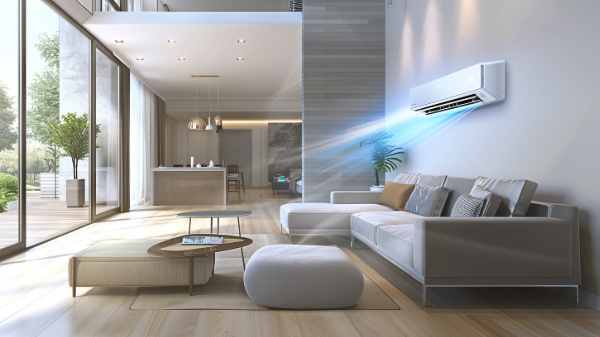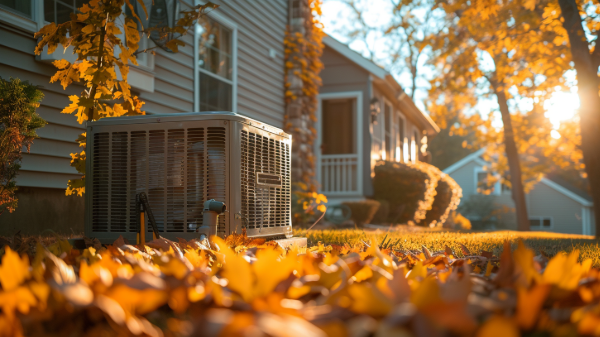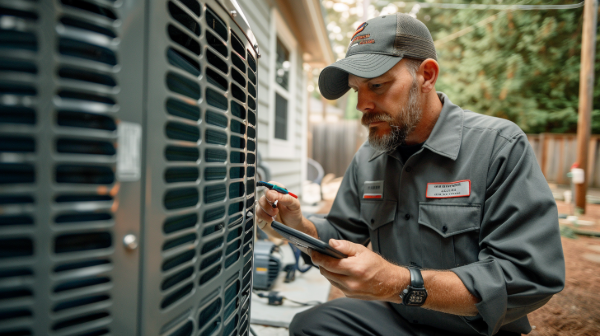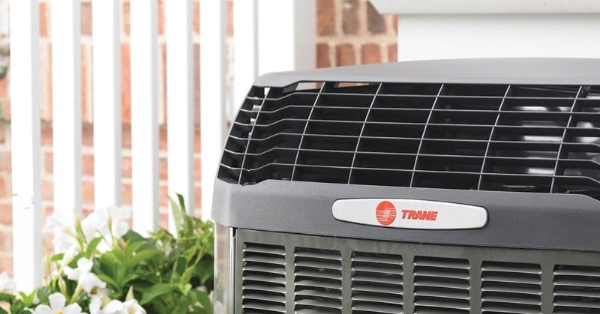Essential Reminders for Regular HVAC Maintenance
How You Can Insulate Ductwork In Your Basement or Attic
There's nothing quite like the cool, soothing and gentle airflow that comes with central air conditioning, especially when you're experiencing summertime temperatures, which trend higher year after year. The difference between enduring the steaminess of high heat and humidity that can bear down upon you in summertime and being protected from it by central air conditioning is staggering. Any HVAC contractor will tell you how happy their clients are when their calls for sudden service related to air conditioning issues lead to working equipment.
According to the Energy Information Administration, more than 76 million households, or 64 percent, employed central air conditioning in 2015, which was up from 59 percent in 2005, and continues to trend up.
The Damage Caused by the Elements
In the 1840s, a doctor began to speak up against the oppressive heat that descended upon major cities in the warm seasons, labeling it as evil. Indeed, Dr. John Gorrie lived in Florida, so he knew something about heat, humidity and high dew points. Dr. Gorrie was interested in cooling hospital rooms, but doing so meant importing ice from the northern latitudes, which was both time-consuming and expensive.
Because necessity is the mother of invention, Gorrie set to work on creating an artificial way to keep spaces cool. He designed a machine that created ice by way of a compressor that generated power from horses, water or other means. Even though Dr. Gorrie was unable to bring his patented technology to the marketplace, he had laid the tracks for the air conditioning and refrigeration units of the future.
Willis Carrier was an engineer who invented the first modern electrical air conditioning unit. He did so at the request of his employer, who was trying to help a client to deal with humidity at their site so the pages of their magazines wouldn't stick together.
Carrier eventually broke away from his employer to form his own company, the Carrier Engineering Corporation, that would become the standard for air conditioning technology. The origins, then, of modern air conditioning weren't just to create a bearable situation for people and animals, but also to ensure that products don't go to spoil or waste.
The Public Space Is Cooled First
There were a few big explosions in the growth cycle of central air conditioning. First, at the St. Louis World's Fair in 1904, mechanical refrigeration was used to successfully cool the Missouri state building. As people strode through the rotunda and adjoining rooms and occupied the 1,000-seat auditorium, the public experienced comfort cooling for the first time.
Later, in the 1920s, as America was becoming absorbed by Hollywood and flocking to theaters to see the stars on the big screen, air conditioning was employed again. This time, however, the system required some tweaking as the earliest models featured frigid floor levels while the balcony remained hot and humid. After some altercations, the Carrier Engineering Corporation installed the first well-designed cooling systems in movie theaters. Finally, in 1922, Carrier installed a new type of system with a centrifugal chiller and fewer moving parts that was more cost-effective and efficient, helping theaters to resemble - comfort wise - the spaces that we visit today.
Central Air Comes Home
A home without cooling services is going to experience some sticky conditions when summer heat and humidity levels are high. Still, the units that were controlling the environment inside movie theaters were too big and cumbersome to be installed in homes.
By 1929, however, Frigidaire introduced a split-system room cooler that was shaped like a radio cabinet and thus, small enough for a residence. General Electric ran with the design, developing a self-contained room cooler, demonstrating improvements over the competition that continued to be made with each successive prototype, of which there were 32, between the years 1930 and 1931.
In the 1930s, engineers for General Electric synthesized chlorofluorocarbon units, which made air conditioners much safer as these CFC units were non-flammable. In the 1990s, though, these chemicals were phased out after the Montreal Protocol, at which point people came to realize that they created ozone depletion. Hydrofluorocarbons were then put into play, but they, too, pose a risk to the atmosphere in the form of climate change.
By 1947, 43,000 air conditioning units were sold for residential use. By the 1960s, most new homes were being built with central air conditioning units and window air conditioners were very affordable, too. In 2020, nearly 90 percent of all American homes employed air conditioners. The industry is still working on generating air conditioning units that employ new technologies that are safer for the planet, more cost-effective and more effficient for users.
Central Air Conditioning Continues To Impress
Central air conditioning provides comfort and can even provide benefits to your health. It can be the difference between suffering through oppressive days with high dew points that sap your energy and enjoying a comfortable climate-controlled environment that's conducive to working or relaxing. For more information on how central air conditioning can take your comfort at home to the next level, contact us at Next Level HVAC today.

